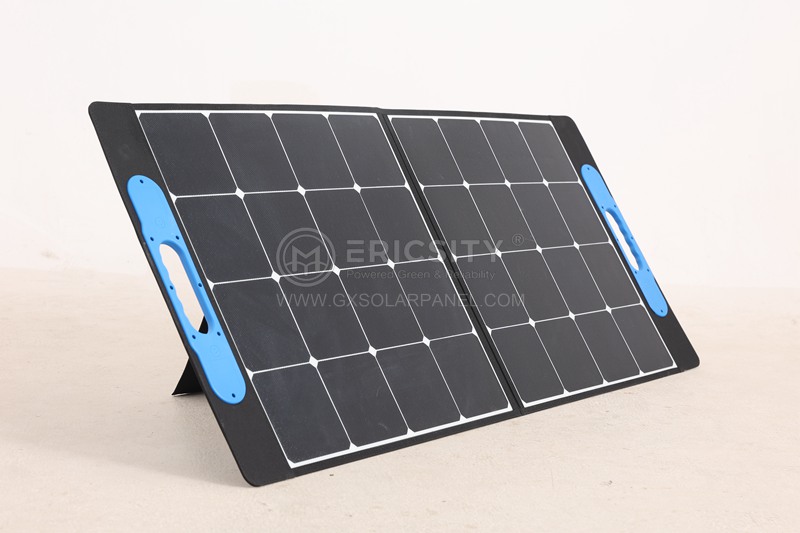HOT PRODUCT
Product Details
Semi-flexible Solar Panels In Action: Real-life Applications And Success Stories
Semi-flexible Solar Panels In Action: Real-life Applications And Success Stories
Solar energy is gaining momentum worldwide as a reliable, renewable, and clean source of power. While traditional solar panels are often rigid and bulky, advancements in technology have led to the development of semi-flexible solar panels. These panels offer unique advantages and have been successfully applied in various real-life scenarios. In this article, we will explore the applications and success stories of semi-flexible solar panels.
Semi-flexible solar panels, also known as thin film solar panels, are made using lightweight and flexible materials such as amorphous silicon or cadmium telluride. Unlike their rigid counterparts, these panels can be bent to fit curved surfaces, making them an ideal choice for applications where flexibility is a requirement.
One of the key applications of semi-flexible solar panels is in the field of transportation. Solar-powered vehicles have gained attention due to their potential to reduce dependence on fossil fuels. These panels can be integrated into the roofs or bodies of cars, boats, and even airplanes, providing a supplementary power source. For instance, the Solar Impulse 2, a solar-powered airplane, successfully circumnavigated the globe using semi-flexible solar panels on its wings to harness solar energy during the day and power its motors.
Another significant application of semi-flexible solar panels is in the marine industry. Sailboats and yachts can benefit from these panels by installing them on the curved surfaces of decks, biminis, or sails. This allows the vessels to generate electricity while cruising, reducing reliance on noisy and polluting diesel generators. The MS Tûranor PlanetSolar, the world’s largest solar-powered boat, utilizes semi-flexible solar panels to support its electric propulsion system, enabling emission-free journeys across oceans.
The integration of semi-flexible solar panels into architectural designs is yet another inspiring application. These panels can be used on building facades, roofs, and windows, converting sunlight into electricity and contributing to the overall energy efficiency of the structure. The Bahrain World Trade Center features semi-flexible solar panels on its circular sail-like structures, providing a significant portion of the building’s power needs while serving as an iconic symbol of sustainable architecture.
Furthermore, semi-flexible solar panels have found their way into portable and off-grid power solutions. Camping enthusiasts can now recharge their electronic devices using solar backpacks or rollable solar panels. These panels are lightweight, easy to carry, and can be spread out wherever there is sunlight. Remote areas with limited access to electricity can benefit from semi-flexible solar panels to power essential devices, such as medical equipment or water pumps.

Success stories showcasing the effective use of semi-flexible solar panels are abundant. In India, the Canopy Power project aims to provide rural communities with electricity through the installation of solar panels on the roofs of houses. This project has transformed the lives of thousands of people who previously had limited or no access to power. In Japan, the Kyocera Corporation installed semi-flexible solar panels on the rooftop of a shopping mall, generating clean energy while serving as an attractive architectural feature.

In conclusion, semi-flexible solar panels have revolutionized the way solar energy is harnessed. Their flexibility and versatility have opened up new possibilities for renewable energy integration in transportation, marine, architecture, portable power, and off-grid applications. Real-life success stories, such as solar-powered planes, boats, and buildings, demonstrate the significant impact of these panels in achieving a more sustainable future. As technology continues to evolve, we can expect even more innovative applications of semi-flexible solar panels in the years to come.




